
Astronomers are aware that a larger telescope has more potent imaging capabilities. The first ultrathin, compact metalens telescope capable of imaging distant objects, such as the moon, was developed by a research team to maintain the power while streamlining one of the bulkier components. Traditional camera or telescope lenses are heavy and bulky because they [..]
Read More
With the arrival of the Metaverse era, there has been an increase in expectations that virtual reality (VR) and augmented reality (AR) technologies will improve everyday convenience and industry productivity performance. A joint research team has introduced core technology for smart contact lenses to implement AR-based navigation through 3D printing. According to the research team, [..]
Read More
Researchers have combined 3D flash and beam-scanning laser light sources to create a 3D, nonmechanical system. According to the researchers, the system can measure the distance of poorly reflective objects in the field of view (FOV) and automatically track their motion — a capability not found in conventional lidar that will allow autonomous vehicles to [..]
Read More
Most mainstream commercial solutions for 3D display are based on binocular vision principles to achieve more realistic visual experiences. However, unlike when viewing real 3D objects, the viewer’s depth of visual focus remains constant while wearing the device to obtain 3D information. This vergence accommodation conflict predisposes the viewer to visual fatigue and vertigo, limiting [..]
Read More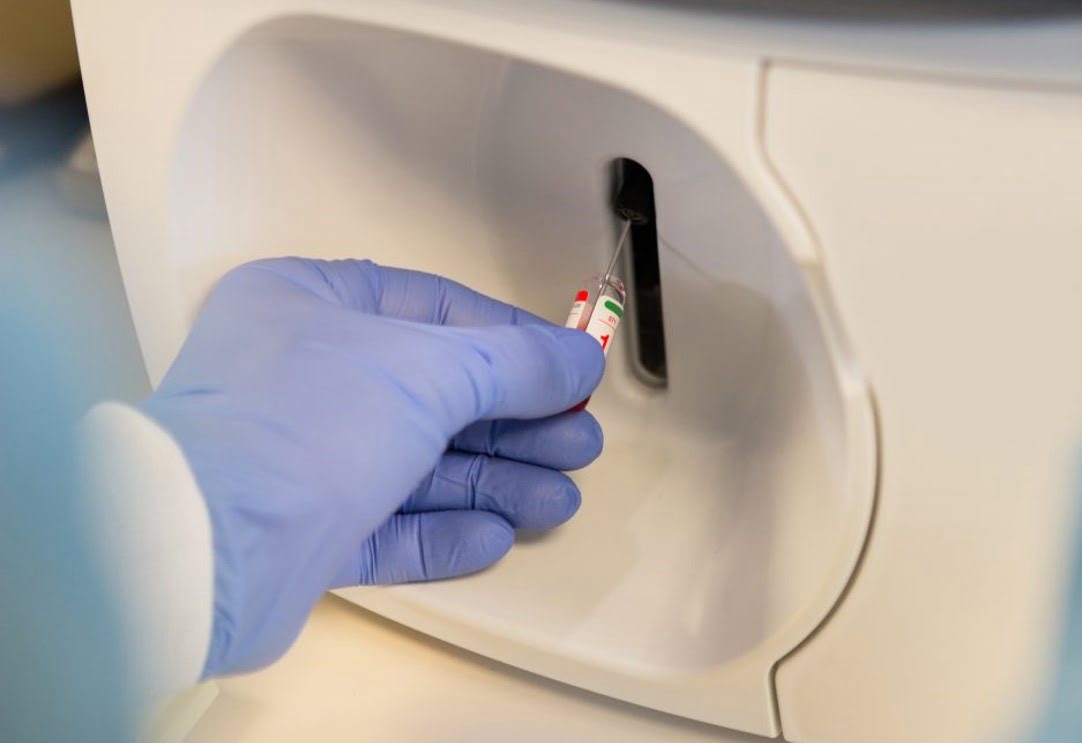
The C-reactive protein (CRP) is an acute-phase protein that plays a role in inflammation. Furthermore, CRP is a biomarker used in blood analyzer diagnostics to predict the risk of cardiovascular disease (CVD) and monitor bacterial and viral infections. Venipuncture is still required to measure plasma CRP and must be performed by trained phlebotomists. As a [..]
Read More
Scientists have created an ultrafast photoacoustic imaging system that detects molecular changes in major brain function disorders. While positron emission tomography (PET) and functional magnetic resonance imaging (fMRI) produce adequate images, they suffer from low spatial resolution, which makes distinguishing between adjacent bodily structures difficult, and low temporal resolution, which is the time it takes [..]
Read MorePatients with bone fractures and defects face serious health risks. Synthetic scaffolds have been actively investigated for clinical therapeutics to promote critical-sized bone regeneration, and electrical stimulations are recognized as an effective auxiliary to facilitate the process. Researchers created a three-dimensional (3D) biomimetic scaffold with thin-film silicon (Si) microstructures. This Si-based hybrid scaffold provides a [..]
Read More
Researchers have made a significant breakthrough in thermal radiation by discovering a new method for producing spinning thermal radiation in a controlled and efficient manner using artificially structured surfaces known as metasurfaces. Thermal radiation, caused by random fluctuations in materials, has traditionally been regarded as an incoherent signal. The emitted heat from most conventional thermal [..]
Read More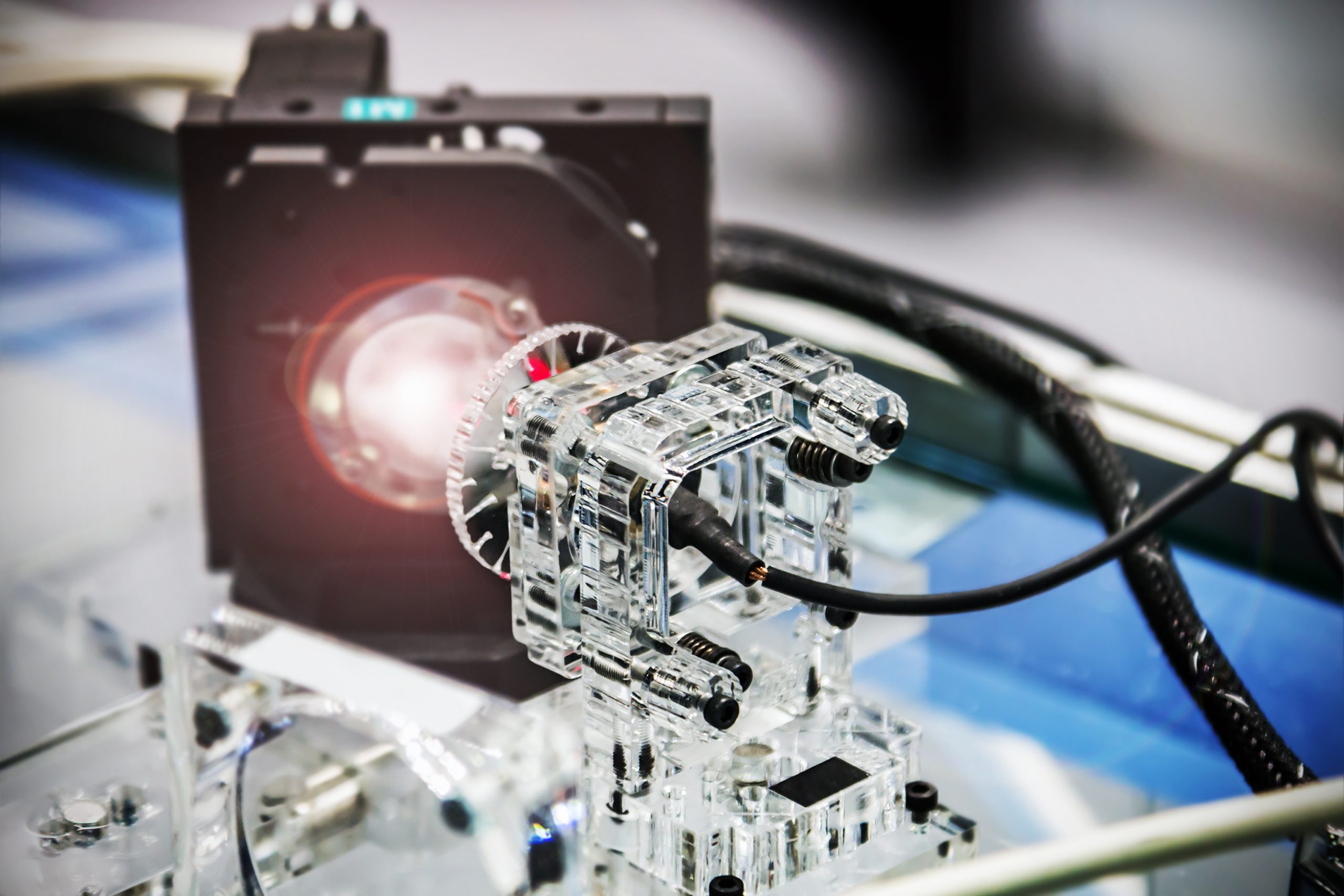
Researchers created a tunable laser based on liquid droplets that can be inkjet-printed and have a color that changes depending on the shape, potentially leading to cheaper and more flexible optical communication devices. They demonstrated a straightforward method for creating ionic liquid microdroplets that function as flexible, long-lasting, and pneumatically tunable lasers. Unlike existing “droplet [..]
Read More
Due to the ability to tailor, customize, and control optical properties such as low or high refractive index, reduced dispersion, and absorption coefficient, glasses can be used as various passive as well as active optical components, such as waveguides, windows, lenses, and so on, at THz frequencies. Knowledge of THz refractive indices and absorption coefficients [..]
Read More
Particles of twisted light entangled by quantum mechanics provide a novel approach to dense and secure data storage. Holograms that produce 3-D images and serve as security features on credit cards are typically created by laying down patterns with laser light beams. In recent years, physicists have discovered ways to make holograms out of entangled [..]
Read More
Many life-saving drugs interact directly with DNA to treat diseases like cancer, but scientists have struggled to understand how and why they work – until now. In a paper, researchers described a new DNA sequencing method to detect where and how small molecule drugs interact with the targeted genome. Understanding how drugs work in the [..]
Read More
A team of researchers has developed a system that can direct light and other electromagnetic waves for signal processing without any unwanted signal reflections, building on a breakthrough “anti-laser.” This innovation could advance local area networks, photonics, and other applications. Light in a laser bounces back and forth between two mirrors, passing through an amplifying [..]
Read More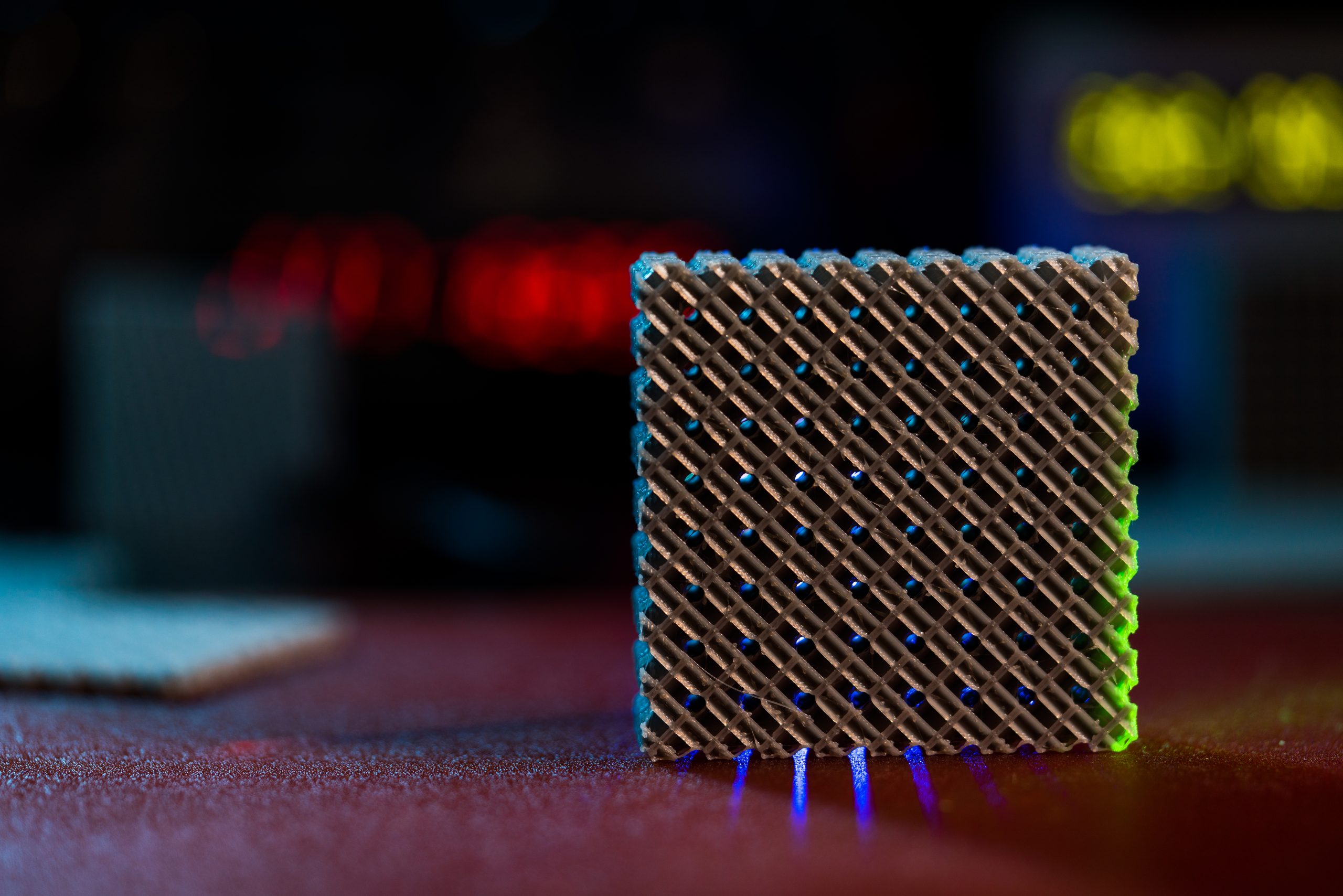
Plasmonic metasurfaces, made up of two-dimensional metallic meta-atom arrays, are advantageous because of their ultrathin thicknesses, ease of fabrication, versatile functionality, field confinement beyond the diffraction limit, and superior nonlinearity. Their efficiency, however, is limited due to Ohmic heat loss during resonance. Huygens meta-atoms can break the scattering symmetry and improve transmission efficiency, but transmission [..]
Read More
Scientists have determined the mechanism and functional form for the yield of neutrons from a laser-driven source and used it to carry out a neutron resonance analysis much faster than conventional methods. This work may help bring non-invasive testing to more applications in manufacturing and medicine. While most microscopes use photons or electrons to study [..]
Read More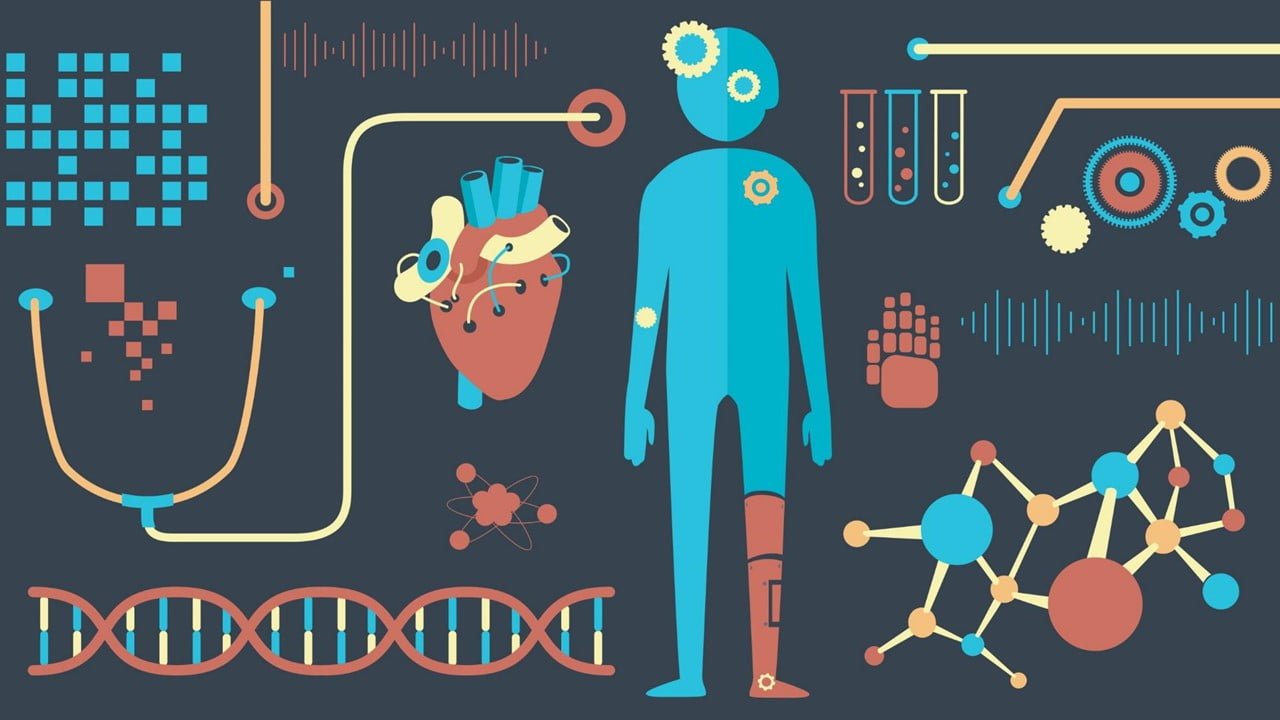
According to new research, PET/MRI achieves comparable or superior results to PET/CT for detecting pulmonary malignancies. Based on those findings, experts involved in the study believe that MRI could play a growing role in lung cancer staging and restaging. Although previous research has yielded somewhat contradictory results on the efficacy of the modality for detecting [..]
Read More
The wide full-width-half-maximum (FWHM) of the electroluminescence (EL) spectra of OLEDs exhibit flaws as an appropriate light source for fingerprint recognition based on skin reflectance. Although inorganic light-emitting diodes (LEDs) have an extremely narrow FWHM, it is difficult to fabricate self-emitting inorganic LED-based displays for mobile smartphones without color filters. A group of researchers improved [..]
Read More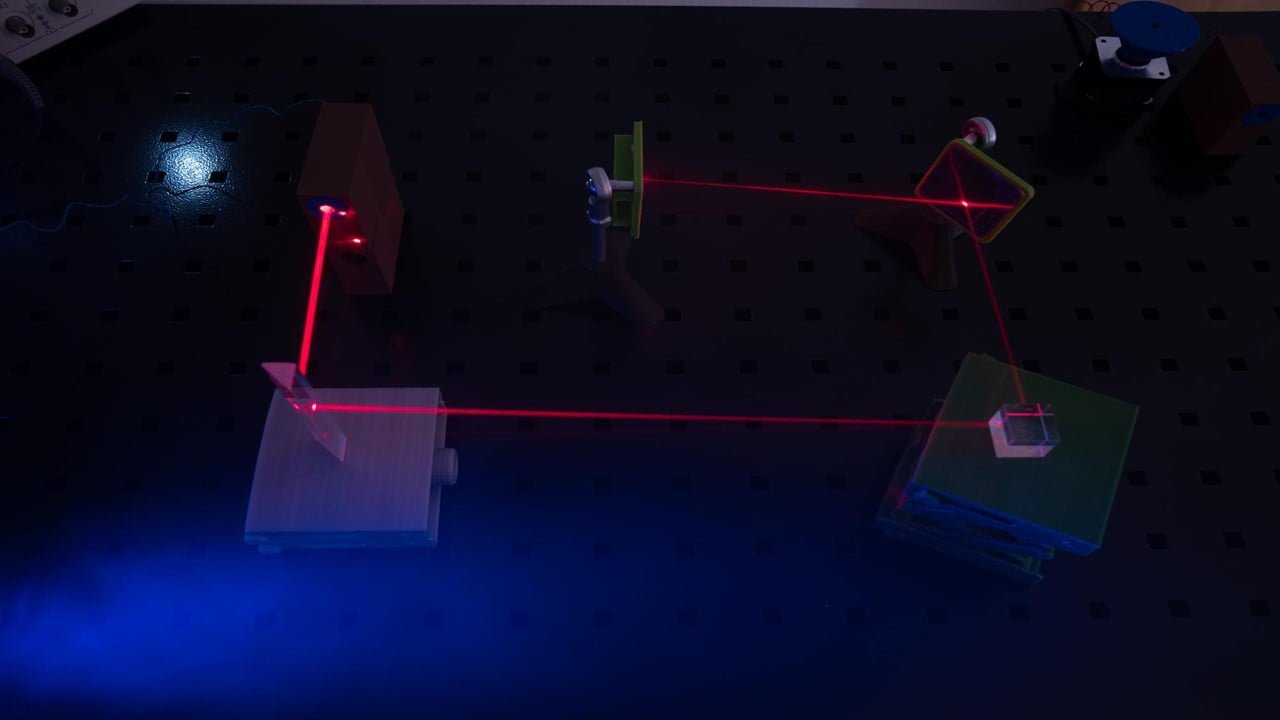
Researchers struggle to detect cognition accurately. Functional magnetic resonance imaging (MRI) is currently used to measure brain activity. However, this method necessitates the patient lying still in a large, noisy, expensive apparatus. A portable and noninvasive brain imaging method is required to understand how the brain works. A group of scientists has created a high-performance [..]
Read More
According to world-leading scientists, super-thin lithium niobate chips made from lithium niobate are set to overtake silicon chips in light-based technologies, with potential applications ranging from remote ripening-fruit detection on Earth to lunar navigation. They claim that artificial crystal is the best platform for these technologies because of its superior performance and recent advances in [..]
Read More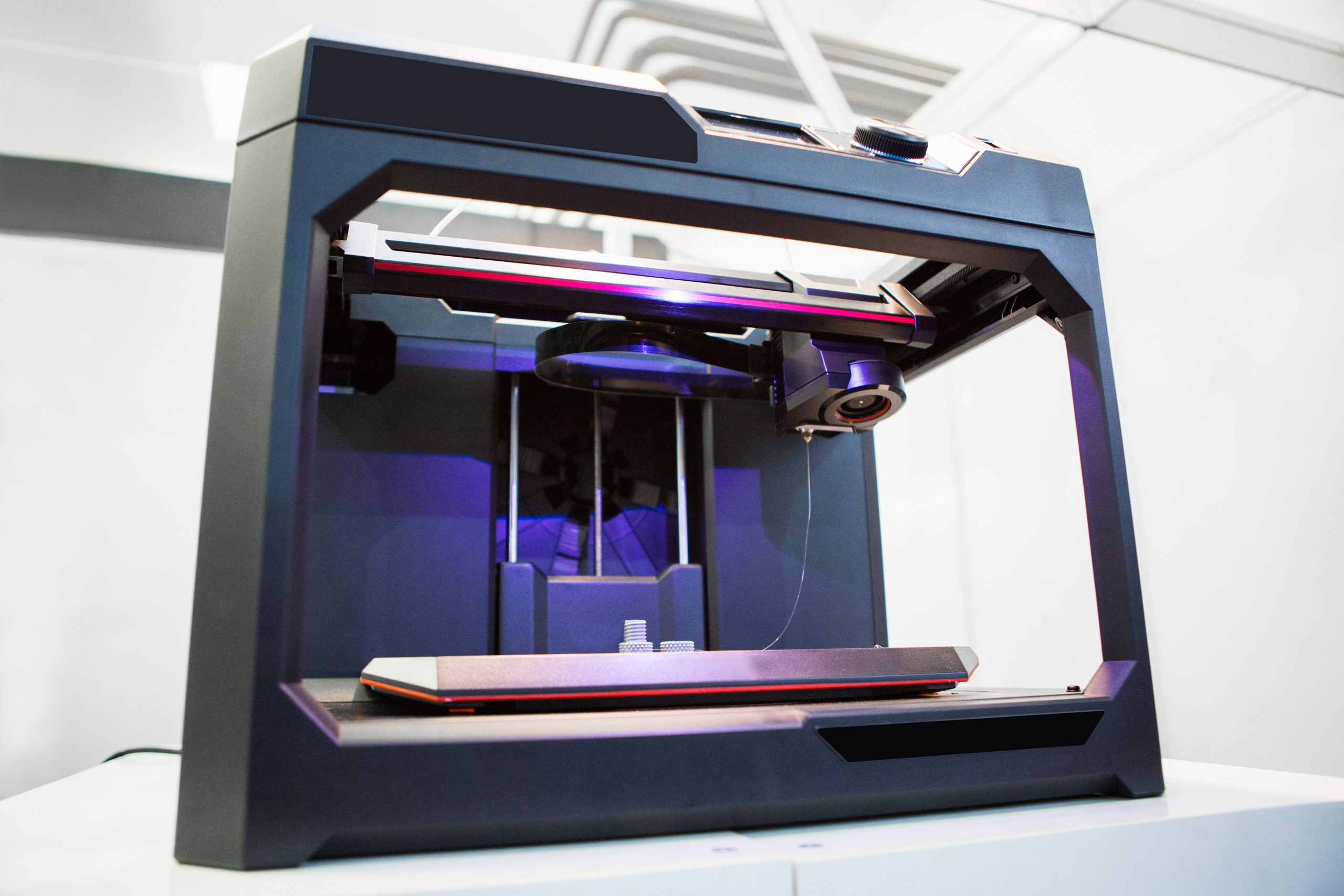
A study on microfabrication using additive manufacturing was conducted by researchers, which adds to the emerging paradigm shift of building microstructures with AM to revolutionize device design in fields such as medicine and energy storage. The study describes engineers’ new approach to addressing multiple microfabrication issues in AM and enabling 3D-printed objects as small as [..]
Read More